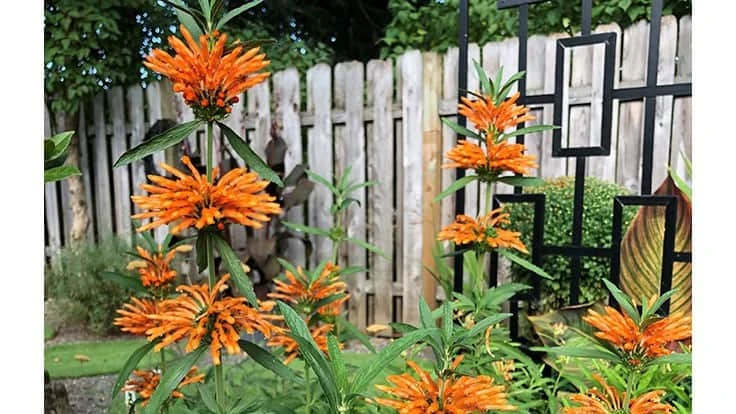

I began writing the Green Guide in January of 2018 with a column about Asplenium trichomaes, a lovely fern. This month’s article marks the end of my fourth “season” as writer, and this is the final “episode” of the Green Guide I’ll be writing. Over the last four years, I’ve introduced you to 48 remarkable plants that deserve a larger stage in the garden and in horticultural production. Other writers and plant geeks will carry on this great column, and I thank Kelli Rodda, the editor of Nursery Management magazine for this wonderful opportunity to share my love of plants with you.
Nature abhors a vacuum, and I’ve found in life that as one thing is ending, new opportunities arise to fill the void. Kelli and I have been talking for some months about a new column in this magazine that will focus on tropicals and houseplants. Passionate interest in indoor gardening is reaching epic levels and this new generation of gardeners is craving exciting new plants. It will be my goal in this new column, which we’re calling Flora Exotica, to introduce you to some great plants that have the potential to be horticulturally significant from a production and sales standpoint. This is your “teaser trailer,” so look for the premier in the February issue next year. From one plant geek to another, this could be as big as the new Game of Thrones series!
Now, to bridge the gap between the tropical and temperate, meet Leonotis leonurus, or lion’s tail, a USDA Zone 8-11 plant native to South Africa and other countries in southern Africa. This thriller is easy to grow in full sun to partial shade in well-drained soil with average moisture. It is drought tolerant, though prefers regular summer water to look its best. We had a beautiful specimen in a container on our deck this summer, and it was gorgeous for several months. The vivid orange flowers are a great fall accent.

Leonotis is deer resistant and very attractive to hummingbirds and pollinators. It’s virtually pest and disease free in the garden. Keeping the foliage dry when you water will further reduce the risk of foliar fungal diseases. It’s a great choice for Mediterranean gardens and pairs beautifully with Salvia greggii, Phlomis fruiticosa, canna, agave, Helianthemum and many more.
Finally, I want to say thank you to all who have read the Green Guide over the past four years. I hope you’ve found the plants I’ve chosen inspiring and the information useful. I’ve especially enjoyed responding to many who have emailed questions and even sent photos of plants in their gardens. I appreciate our industry so much in how it brings people together during a time when so much tries to divide us. Keep planting, my friends!


Explore the December 2021 Issue
Check out more from this issue and find your next story to read.
Latest from Nursery Management
- John Ruter shares UGA's latest woody and herbaceous ornamental plant breeding projects
- Conor Foy joins EHR's national sales team
- Pantone announces its 2026 Color of the Year
- Syngenta granted federal registration for Trefinti nematicide/fungicide in ornamental market
- Get to know Kayela Aeppli
- HILA 2025 video highlights: John Gaydos of Proven Winners
- Q&A with Justin Bartlett
- Be the best choice





